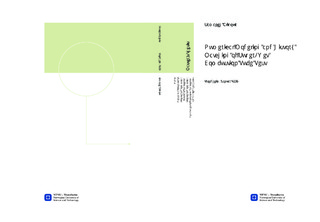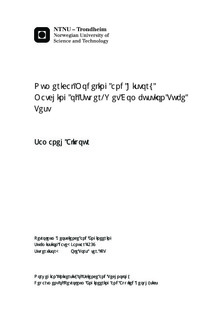| dc.description.abstract | A number of laboratory experiments are defined and implemented to reveal the in situ combustion behavior on core samples drilled from heavy oil reservoirs under specifically designed conditions. The accelerating rate calorimetry (ARC) test, the ramped temperature oxidation (RTO) test and the combustion tube (CT) test are the main screening experiments which can provide relevant data for the in situ combustion process.There are different types of combustion process depending on the injection fluid, normal dry combustion with injection of air or oxygen, the wet combustion is termed when water is injected with air and the super wet combustion process is defined with relatively high water-air ratio. Wet and super wet combustion is a primarily object of this study.In the present work, a modeling and history matching study has been performed on the wet/super wet CT experiment in order to get better insights into the in situ combustion process occurred during the experiment. The literature has been carefully reviewed to recognize the experimental details and analyze the kinetic reactions. The main kinetic reactions are thermal cracking process, low temperature oxidation and high temperature oxidation. The parameters influencing the kinetic reaction are identified and evaluated.The modeling and history matching work has been done to understand the kinetic reactions happened in the experiments. The simulation model is created based on the Belgrave s model for the CT experiment and the data file is run with the STARS. The results are presented and analyzed. The simulation results are aimed to match all experimental results. History matching has been performed to get the best match between the simulation and experiment on the temperature profiles. Different parameters have been considered as variables: frequency factor, activation energy and coke precipitation parameter, relative permeability, saturations and gas injection rates.The results show that the frequency factor, activation energy and coke precipitation have significant influence on the kinetic reactions, mostly on the reaction where Maltene is converted into Asphaltene in the Belgrave s model. After manual history matching, the automated history matching algorithm by utilizing BASRA HM tool has been successfully tested. | nb_NO |

